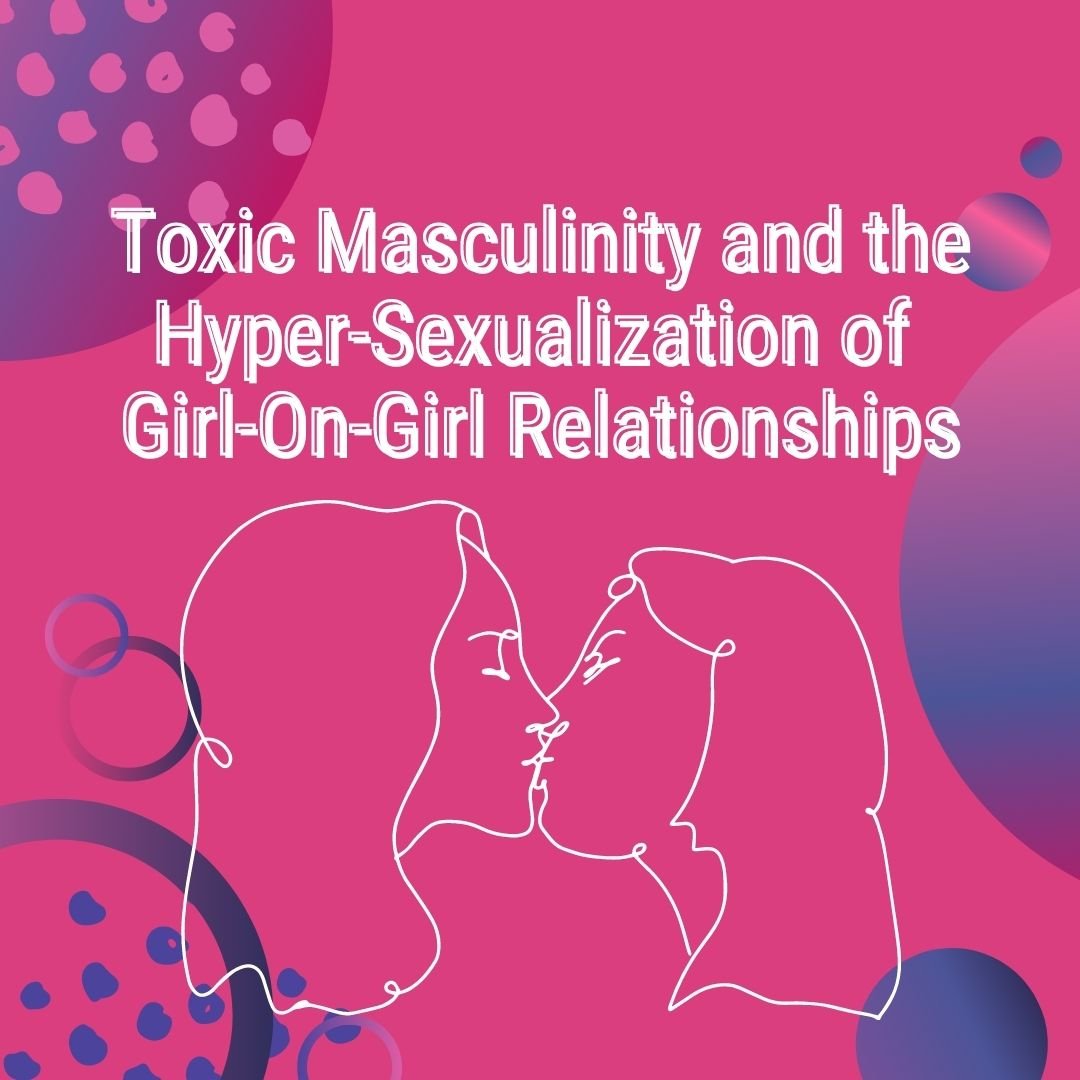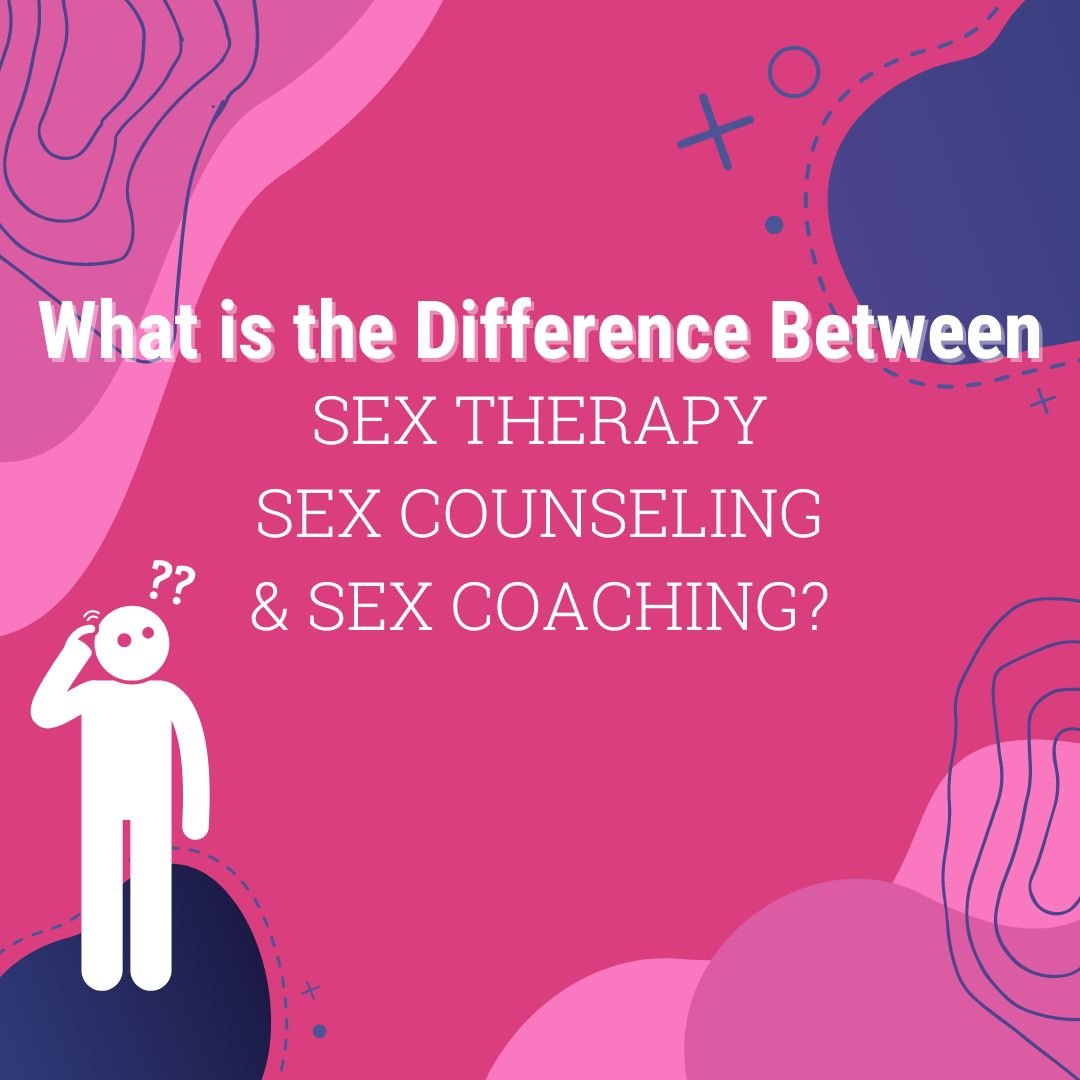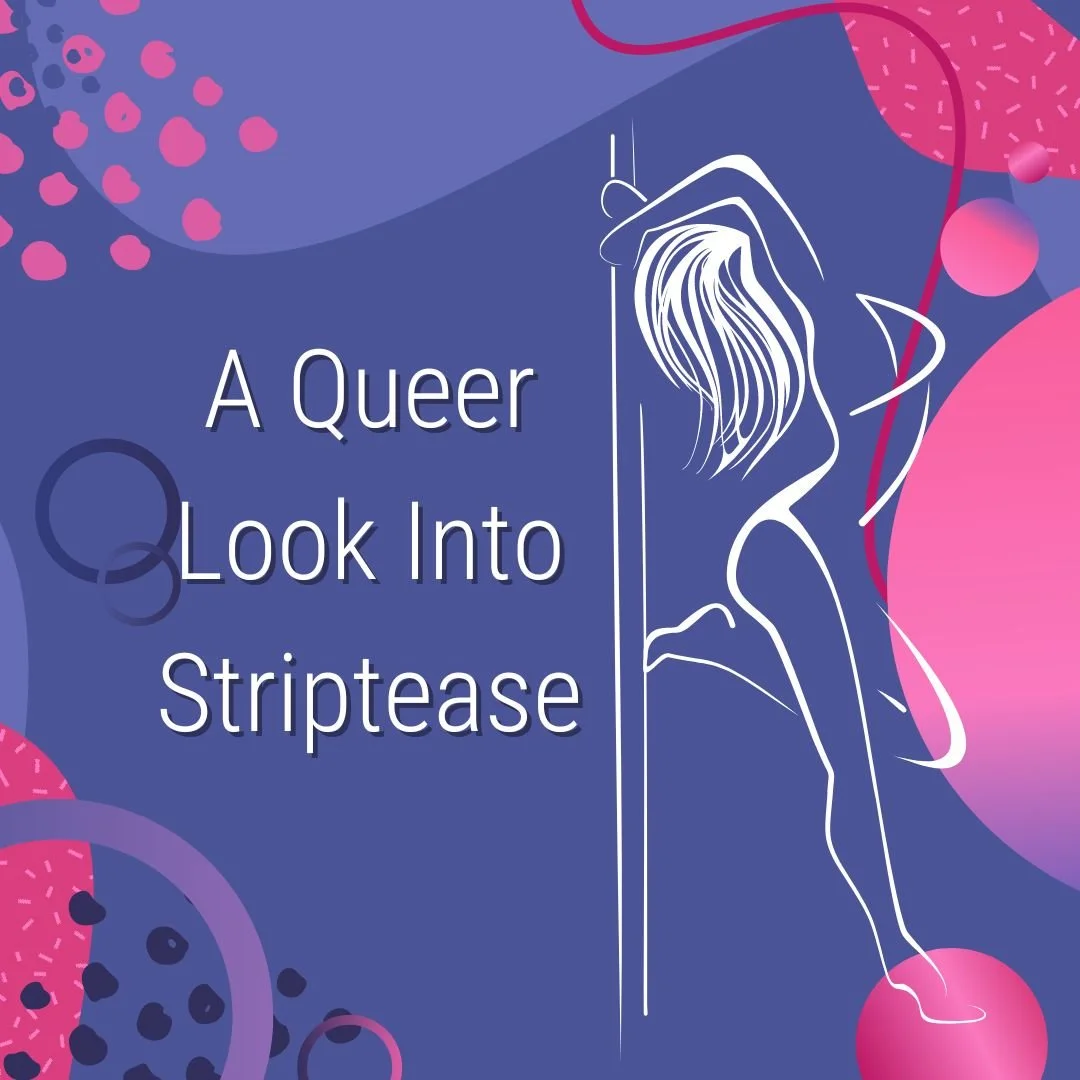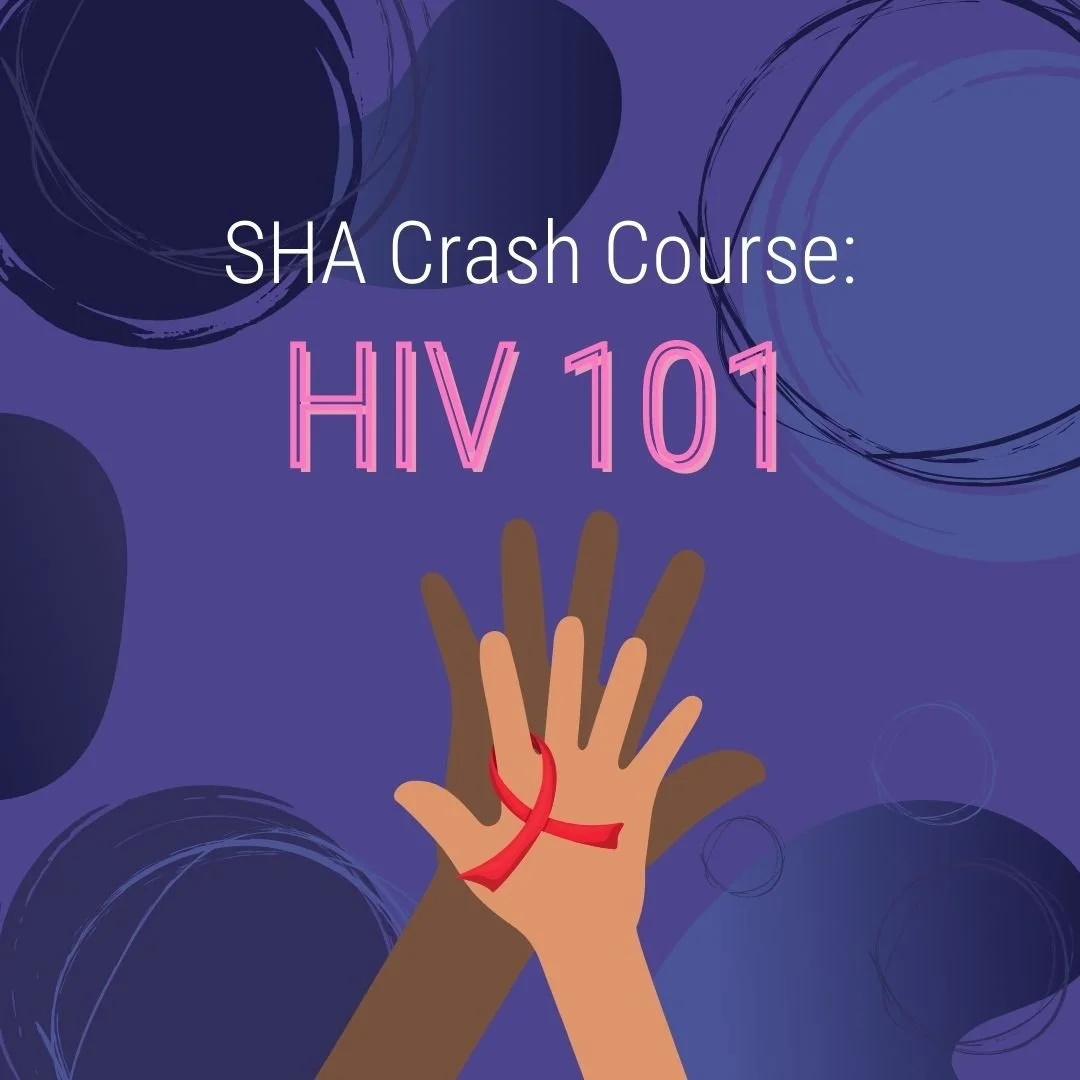The basis of ethical perspectives including utilitarianism, universal human rights, contractualism, and communitarianism outline not only moral theories but also moral dilemmas. However, in practice, these dilemmas go further than pure theory, having real-world impacts on communities. For example, within the sphere of public health, stigma resulting from health issues or created in order to discourage certain lifestyles cause certain communities to be ostracized and left without proper health resources. We see this not only in the United States’ cultural bias against those with sexually transmitted infections but also with non-sexually transmitted infections caused by various viruses. Rather than further fuel these hateful flames, which do nothing to solve the underlying issues and only make it more challenging for oppressed populations, by approaching these problems through a social justice lens, distributive and recognitional justice interpretations support an argument against creating and reinforcing stigma.
Erika Blacksher, affiliate associate professor in the Department of Bioethics and Humanities at the University of Washington and fourth John B. Francis Chair in Bioethics, asserts that the goals of public health require public health to counteract existing stigma and not use stigmatized measures in its public approach. Elements of stigma might include individuals with socioeconomic and political power identifying and labeling a difference, linking this difference and those labeled as such with negative stereotypes, creating an “us” versus “them” framework, and discriminating against “them” in order to cause a loss of “their” socioeconomic or political status. This ensures the familiar power structures are kept intact in alignment with the patriarchal hierarchy, while health disparities widen between the upper and lower classes. However, when applied to public health, this stigma can have life-threatening consequences. In fact, from a communitarian theorist’s view, Blacksher explains stigma can drive health disparities by putting the blame on individuals or certain communities, as well as lowering the self-worth of those with stigmatized health issues.























